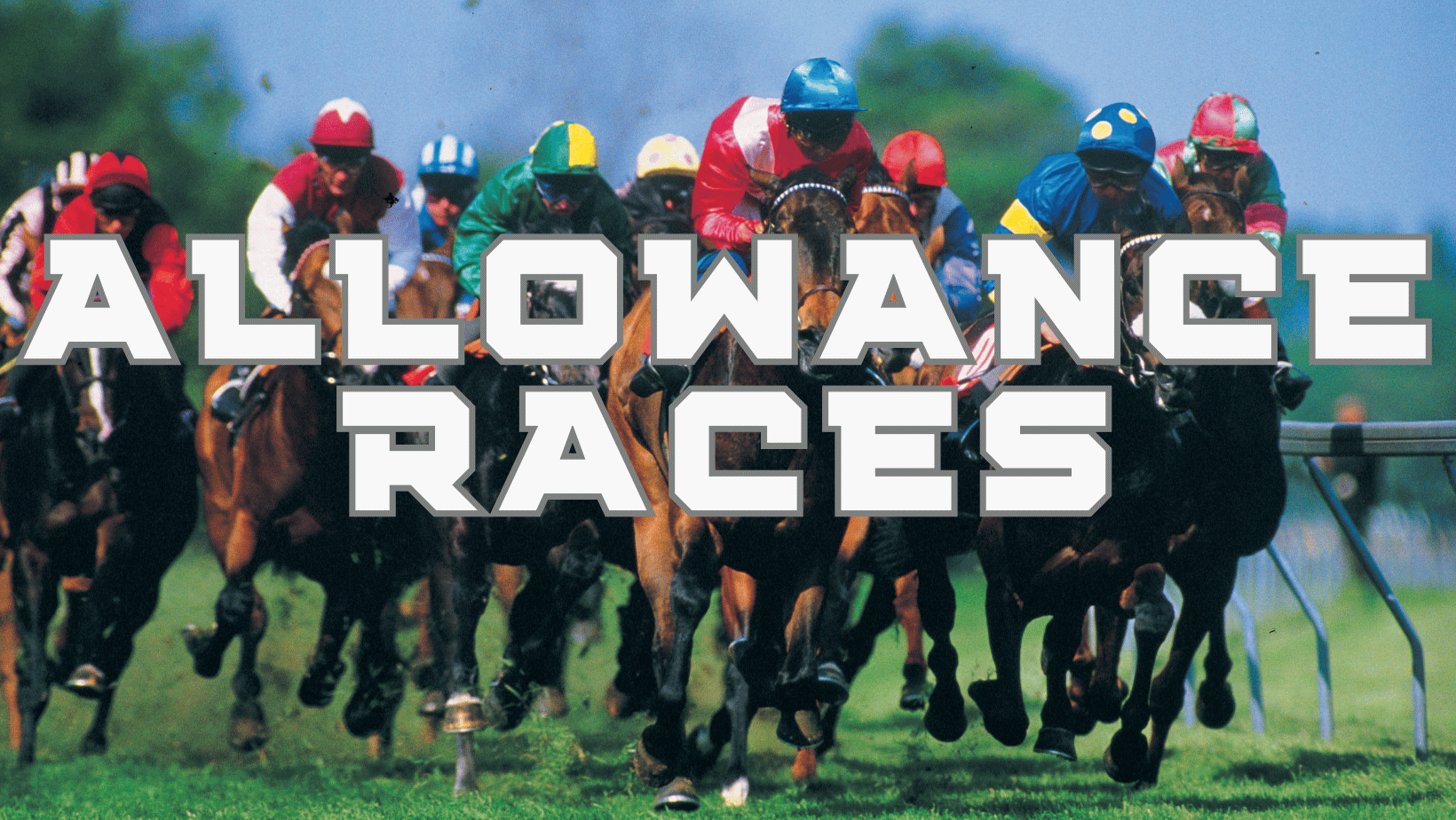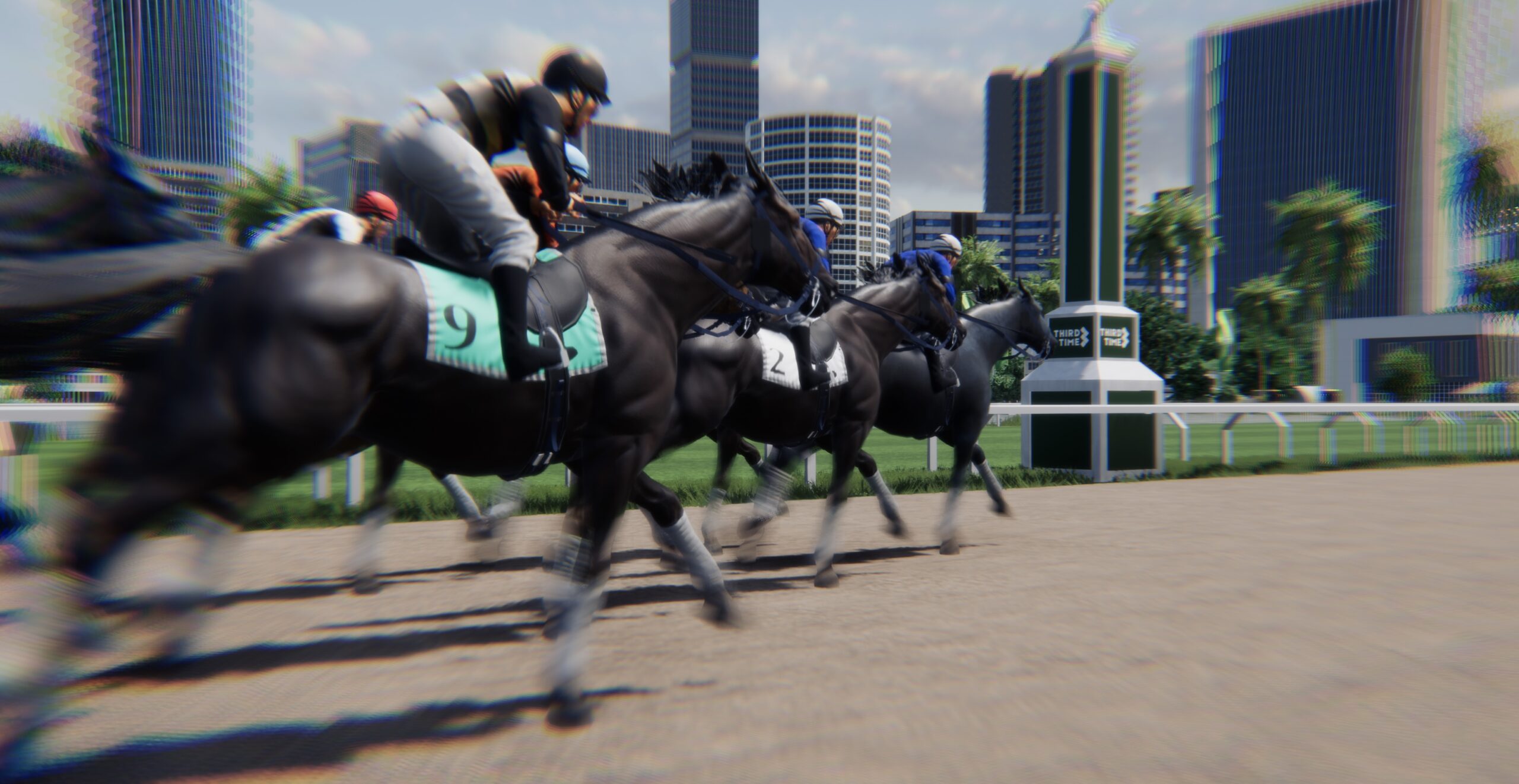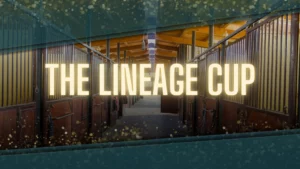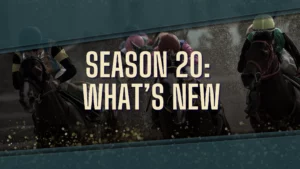
Long before Photo Finish™ LIVE and NFT virtual horse racing became a thing, real-life horse racing had much of the game figured out.
With its rich history and tradition, it is a sport that has captivated sports fans for centuries, largely thanks to trial-and-error that has taken place for decades and resulted in intricate forms of competition that make the sport what it is today. This, of course, is a big reason Photo Finish™ abides by the motto As Real As It Gets as often as possible. Because let’s be honest — if it isn’t broken, don’t fix it.
One of horse racing’s best intricacies is Allowance Races – a fascinating category of competition that plays a crucial role in global strategies on the track and in the breeding barn.
In this blog, we will delve into the world of allowance races, exploring their popularity, mechanics, and significance in the dynamic landscape of horse racing.

What Are Allowance Races?
In summary, Allowance races are where the competition on the track should be at its most equal. We’ll get to why that is later in this blog.
Allowance races are a distinctive class of horse races that sit alongside Claiming Races and Stake races. Unlike claiming races, where horses are available for purchase at a specified price, or stakes races, which are the pinnacle of competition, allowance races offer a middle ground.
Like in the real world, Photo Finish™ horses in allowance races are not for sale. These races serve as a platform for horses that have shown promise but may have yet to reach the elite status required for stakes competition.
At times, you may see Juvenile Allowance races on the PFL schedule. This refers to special races that are exclusively available to 2-year-old horses. These races are particularly cheap and exist to help owners test and appraise young colts and fillies before the big racing season at age 3.

Allowance Requirements
Allowance races routinely come with distinct registration criteria, such as career wins.
Some criteria may result in a horse carrying extra weight, intentionally slowing it down to level the playing field.
In real life, the requirements are set by racing authorities to create a fair and competitive field. In Photo Finish™, Third Time Games creates them based on feedback and demand from players.
Check each race to see if your horse is eligible and falls within those Allowance requirements. Allowance races will inform you how many horses in your stable are eligible.
Entering an Allowance Race
Step 1) Filter raced by ‘Open Upcoming’
Step 2) Seach ‘Allowance’
Step 3) Identify Allowance races that indicate you have eligible horses.
Step 4) Click ‘Register’
Step 5) View Horses and Allowance on each (example: Some may have added weight, while others do not)
Step 6) Select horse and click ‘Confirm Entry’

Popularity of Allowance Races
Why are Photo Finish™ LIVE Allowance Races so famous?
There are many reasons, some of which we’ll detail below.
1. Showcasing Developing Talent:
Allowance races provide a crucial stage for developing talent. Horses that have displayed potential but are not considered top-tier compete in allowance races to gain experience, refine their skills, and move up to more prestigious events.
2. Attracting a Diverse Audience:
These races often feature a mix of established contenders and up-and-coming stars, creating an exciting and competitive atmosphere. This diversity in competition attracts a broad base of stable owners and horses, from seasoned veterans looking for their last profits on the track to the emergence of new talent.
3. Strategic Placement in Horse Development:
PFL stable owners strategically use allowance races to place their horses, carefully selecting events that provide a suitable level of competition. This allows trainers to gauge their horse’s capabilities and make informed decisions about future race plans.

The Importance of Allowance Races
1. Progression and Development:
Allowance races serve as a stepping stone for Photo Finish™ horses on their journey to elite competition.
Winning or performing well in these races can propel a horse toward higher-profile events, contributing to their overall development and career trajectory.
2. Assessment of Talent:
Trainers use allowance races to assess their horses’ abilities in a competitive setting. This evaluation helps trainers make informed decisions about future race placements, ensuring that horses are entered into events where they have the best chance of success.
3. Maintaining a Competitive Balance:
Allowance races contribute to maintaining a healthy and competitive balance within the horse racing ecosystem. They allow horses of varying skill levels to compete, preventing a stark divide between top and lower-tier competition.
Just as they do in real-life horse racing, allowance races, with their unique position in the hierarchy of horse racing, play a vital role in shaping the sport’s landscape.
From showcasing emerging talent to providing a platform for strategic horse development, these races contribute to the overall excitement and sustainability of horse racing.





